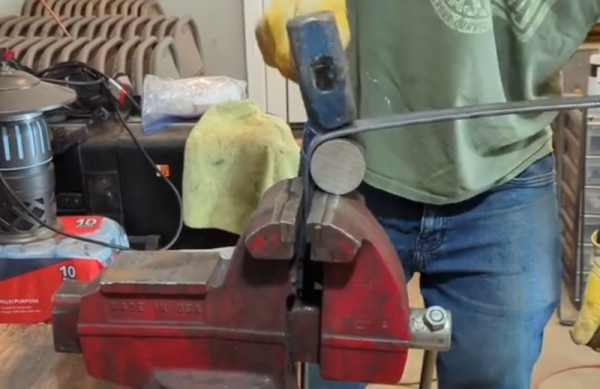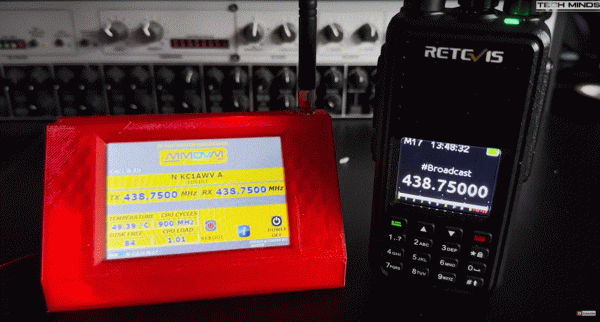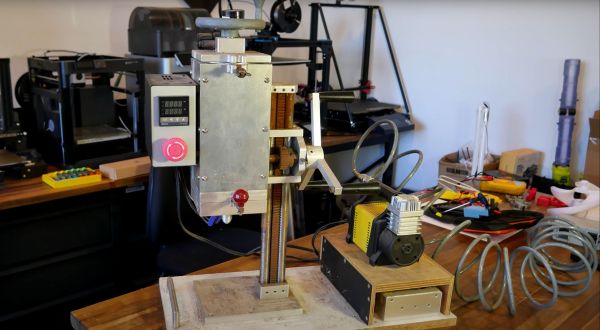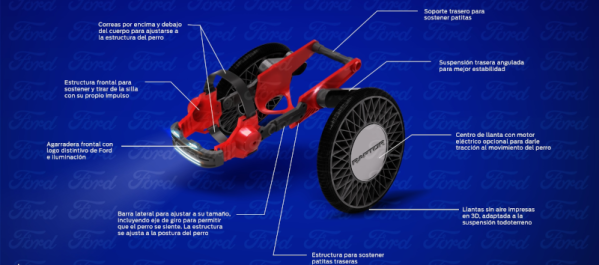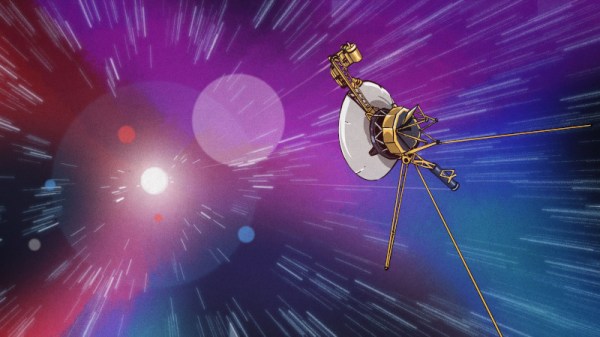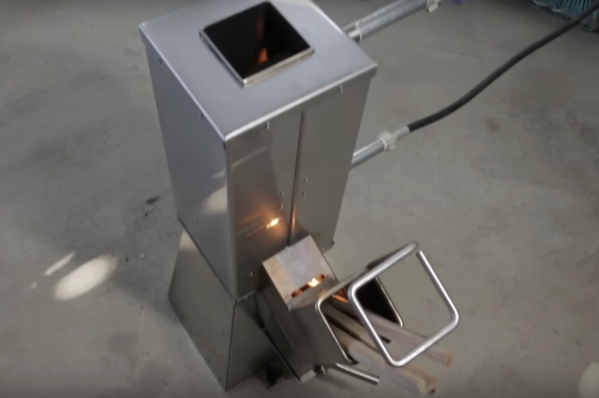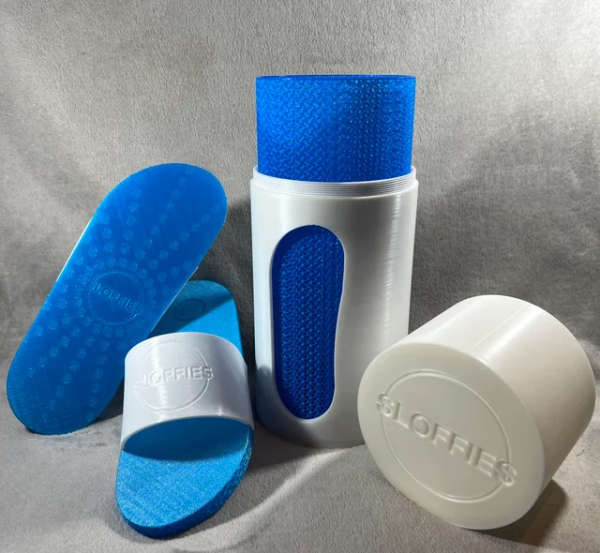If you want to bend metal to make shapes, you might use equipment like a brake. But if you don’t have one, no worries. You can still do a lot with common tools like a vise and torches. [Bwrussell] shows you how. He welds together a die to use as a bending jig and makes a set of table legs.
You might think that putting metal in a vise and bending it isn’t exactly brain surgery. It isn’t, but there is more to it than that. Starting with a bending plan and the creation of the jigs, clamping and bending is only part of it. You can see a little bit of the action in the video below.
Speaking of planning, the design was in Fusion 360’s sheet metal workflow. To facilitate the bends, the build uses two torches. A MAPP torch gets very hot, and a propane torch makes sure that a larger area stays hot. There are quite a few tips you can pick up in this post, even if you aren’t making table legs.
Fusion 360 does a lot of the design work, but if you want a quick lesson on what happens when you bend metal, we can help. Want to make your own metal brake?
Continue reading “Prepare To Brake: Quick Intro To Metal Bending”

